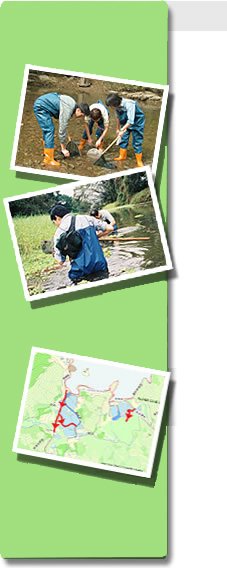The Establishment of the Hong Kong Live Eco-map
The programme’s beginnings date back to the end of 2001, when all Forestry Officers were summoned to the training room for a discussion of the details of a Hong Kong Ecological Baseline Survey Programme. Through long term and repeated field surveys, and the establishment of an all-round, updated and systematic ecological database, the programme aims to monitor and assess the ecological environment of Hong Kong.
Division of responsibilities was the first step of the survey. Every officer was free to choose a target survey group and was responsible for the onward implementation of the survey. These groups include butterflies, dragonflies, birds, reptiles and amphibians, mammals, freshwater fish and mangroves.
There were more than thirty officers takng part in the surveys. Despite the diversity of our backgrounds, the research training we had at university fostered our interest in different animal and plant groups. Since we left school, heavy workloads had made us forget what used to amuse and amaze us in the natural world. Luckily, our appreciation of the beauty of nature once again came back to us after a few years.
In spite of manpower constraint and heavy workloads, we were thrilled to have a chance to escape from the hustle and bustle of city life, visit every corner of Hong Kong and renew our shared interests of the past. We are honoured and thrilled to have the opportunity to take part in the production of the Hong Kong Live Eco-Map.
We sincerely hope you’ll like it and make good use of it.
Eco-Map Details
Although the surveys cover the whole of Hong Kong, each working group has a number of set destinations in which more frequent and repeated surveys are undertaken, with the aim of monitoring ecological changes in some major or important sites.
In the first phase of publication of the survey findings, species recorded at the major survey sites since the launch of the Hong Kong Ecological Baseline Survey in 2002 were published. To foster a better understanding of these species, the findings are linked to the Hong Kong Biodiversity Database under Hong Kong Biodiversity Online.
|

